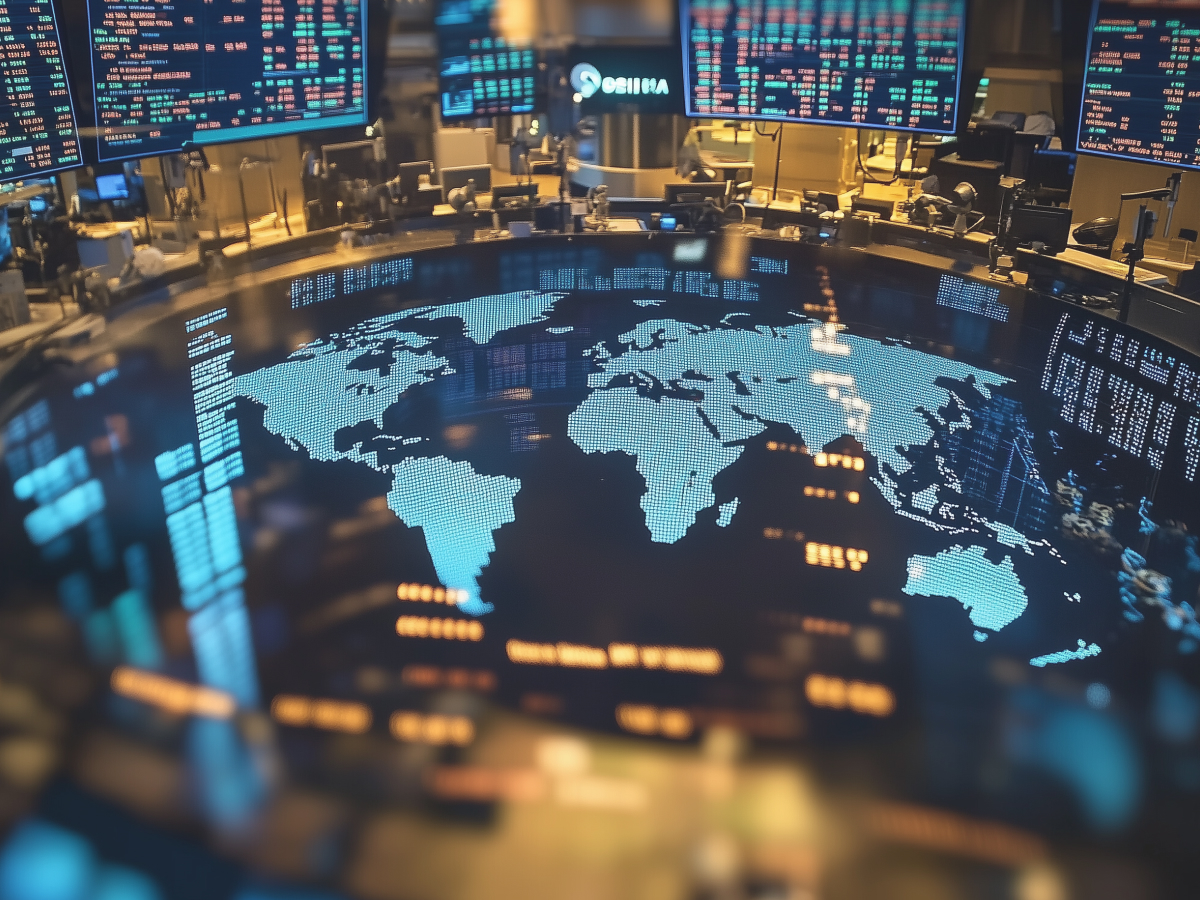Geopolitical instability is a real and immediate challenge for businesses operating on a global scale. The rules of the game are changing faster than ever. Supply chains get disrupted overnight, cyber threats escalate, and shifting regulations create compliance nightmares. If you’re leading an enterprise today, you can’t afford to sit back and hope for stability. The companies that win will be the ones that anticipate, adapt, and build resilience into their DNA.
1. Geopolitical instability is a direct threat to business continuity
For a global business, political unrest is an operational risk. Supply chains, cybersecurity, and regulatory compliance can all be thrown into chaos by a single policy shift, tariff, or conflict escalation. If you rely on international vendors, partners, or cloud infrastructure spread across multiple jurisdictions, your exposure is significant.
Take supply chains. A single weak link can cause massive delays. If your key suppliers are in politically unstable regions, your entire production cycle is at risk. Companies dependent on just-in-time manufacturing (a model that minimizes inventory but requires a smooth supply flow) face significant vulnerability when disruptions occur.
Then there’s cybersecurity. State-sponsored attacks are no longer just an issue for governments. If you’re running critical infrastructure, financial systems, or a data-rich platform, you’re a potential target. Cyberwarfare is real, and businesses caught in the middle can experience severe disruptions.
Regulatory environments are also shifting fast. Compliance with laws like GDPR in Europe, China’s Cybersecurity Law, or U.S. trade restrictions can become exponentially more complex when geopolitical tensions rise. Businesses that don’t adapt fast enough could find themselves on the wrong side of international law—and that’s a costly mistake.
What to do about it:
- Diversify supply chains to reduce dependence on politically unstable regions.
- Implement stronger cybersecurity protocols to guard against cyber threats.
- Stay ahead of regulatory changes to avoid legal complications.
2. Cybersecurity is now a frontline business concern
Cybersecurity used to be an IT problem. Not anymore. It’s a boardroom issue, and every C-suite leader needs to understand why.
Geopolitical tensions impact supply chains and fuel a rising number of cyberattacks, many of them backed by nation-states. We’ve already seen cases where attacks targeted financial institutions, energy grids, and corporate networks, often crippling entire businesses.
The most effective defense? Zero-trust security. It’s a mindset. Assume that every connection, every login attempt, and every data request is potentially malicious. Instead of allowing unrestricted access once someone logs in, zero-trust continuously verifies every interaction. It’s the difference between letting someone walk into your corporate headquarters unchecked and having security checkpoints at every door.
Real-time threat detection is another critical layer. AI-driven security systems can detect and neutralize cyber threats before they escalate. But the key is proactive investment. If you wait until after an attack, you’re already too late.
What to do about it:
- Adopt a zero-trust security model—assume threats exist and verify everything.
- Deploy real-time threat detection—AI and machine learning can spot patterns that humans miss.
- Train your employees—most cyberattacks exploit human error, not just technical vulnerabilities.
“Your business is only as strong as your weakest security link. Make sure that link isn’t you.”
3. Adaptability and contingency planning separate winners from losers
Business leaders love stability, but stability here it’s a myth. Change is constant. The companies that succeed don’t wait for conditions to settle, they build strategies for uncertainty.
That’s where contingency planning comes in. It’s about building flexibility into your operations so you can pivot when necessary. The best companies are already running scenario planning exercises—asking “What if?” before disaster strikes.
A great example is Monte Carlo simulations—a forecasting method that models multiple possible outcomes to assess risks and probabilities. Think of it as a stress test for your business strategy. If your supply chain is disrupted, what’s your Plan B? If trade regulations shift, what are your fallback options?
Workforce flexibility is just as important. If your entire workforce is tied to a single location, you’re exposed. The ability to operate remotely, relocate teams, or onboard new talent quickly can make or break your business during geopolitical upheaval.
What to do about it:
- Use scenario planning to anticipate risks—don’t react, prepare.
- Diversify suppliers and trade routes—avoid single points of failure.
- Build workforce agility—remote work and talent mobility are key survival tools.
The bottom line: If you’re not preparing for uncertainty, you’re preparing to fail.
4. Geopolitical instability impacts workforce stability and decision-making
Employees today are facing more uncertainty than ever. If they’re in regions affected by political instability, they may be worried about their safety or job security. Even those in stable environments are affected by constant anxiety about economic conditions, trade shifts, and industry uncertainty. This leads to lower productivity, decision fatigue, and high turnover.
Decision fatigue is a real issue for leadership. When executives are forced to make high-stakes decisions every day with limited information, mental exhaustion sets in. This leads to reactive, short-term choices instead of strategic long-term moves.
What to do about it:
- Prioritize clear, honest communication—uncertainty breeds fear, and fear kills morale.
- Invest in leadership resilience—train executives to handle high-pressure decisions.
- Support mental health and stress management—a burned-out team won’t perform at its best.
“A company’s greatest asset isn’t its technology, it’s its people. Protect them, and they’ll protect your business.”
5. Agility and resilience define the future of business
If there’s one thing we’ve learned from recent years, it’s that resilience is everything.
Companies that embrace agility, adapt to uncertainty, and foster innovation will dominate. Those that cling to old models, waiting for stability to return, will struggle.
The best leaders build cultures of resilience. They train their teams to see uncertainty as an opportunity, not a threat. They encourage innovation, listen to employees, and adjust strategies in real time.
Companies that treat change as the enemy will always be playing catch-up. Those that embrace uncertainty and innovate through it will lead the future.
What to do about it:
- Foster a culture of adaptability—change is constant, so make it part of your company DNA.
- Engage employees and leadership teams—listen, adjust, and iterate.
- Look at instability as an innovation driver—many of the biggest breakthroughs happen in crisis.
Key executive takeaways
- Geopolitical risks demand proactive preparation: Political instability disrupts supply chains, cybersecurity, and compliance. IT leaders must develop flexible strategies to handle these risks, including diversifying suppliers and anticipating regulatory changes.
- Cybersecurity is a top priority: With rising cyber threats from state-sponsored actors, businesses need to implement zero-trust security models and invest in real-time threat detection systems to safeguard critical operations and data.
- Agility and adaptability are key to resilience: Scenario planning and workforce flexibility are essential. Leaders should prepare for multiple contingencies, ensuring that operations can pivot quickly in response to geopolitical disruptions.
- Invest in leadership and workforce well-being: Geopolitical instability creates anxiety and decision fatigue. C-suite leaders should prioritize clear communication, resilience training, and mental health support to maintain productivity and trust across the organization.





